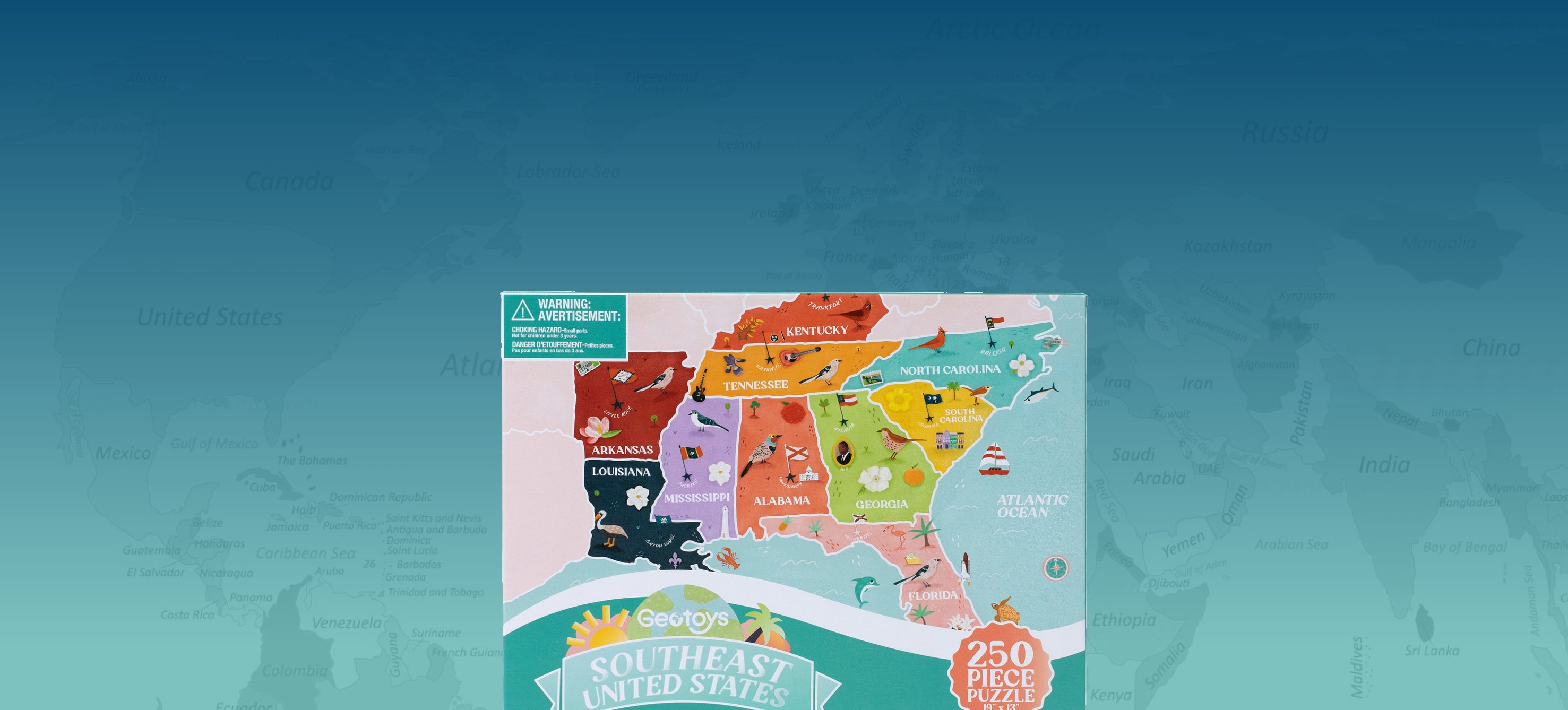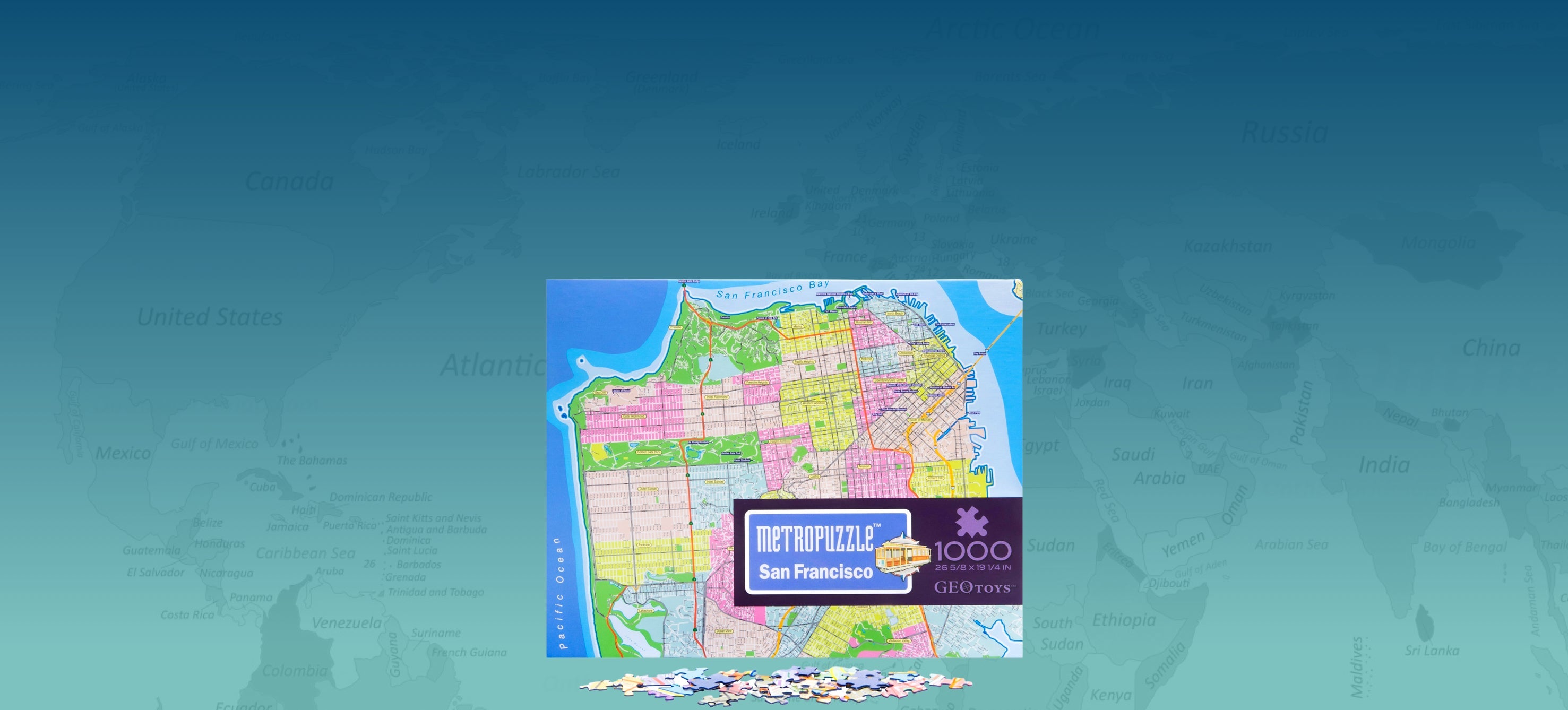Dinos Facts
Ready to learn all about the dinosaurs and sea creatures in our Dinos of the World puzzle? Read on!
Albertosaurus

Albertosaurus was a fierce meat-eater that lived in what is now Canada about 70 million years ago! It was smaller than its famous cousin, T. rex, growing up to 30 feet long and weighing about 2 tons. Scientists think it may have hunted in packs, making it an even scarier predator! Even though it had tiny arms, its sharp teeth and fast legs made it a top hunter of its time.
Amurosaurus

Amurosaurus was a plant-eating dinosaur with a fancy crested head, kind of like a dinosaur version of a duck! It roamed Russia and China around 66 million years ago, growing up to 26 feet long. This dino lived in herds and used its loud calls to communicate with other Amurosauruses. Scientists believe it ate ferns and leaves, chomping them with its hundreds of tiny teeth!
Ankylosaurus

Ankylosaurus was a walking tank, covered in bony armor with a huge club tail for defense! It lived about 68 million years ago and grew up to 30 feet long—as big as a school bus! This plant-eater had small teeth but could munch on tough plants with its powerful jaws. Even big predators like T. rex had to be careful attacking an Ankylosaurus, or they’d get whacked by its bone-crushing tail!
Antetonitrus

Antetonitrus was one of the earliest giant dinosaurs, living over 200 million years ago! It grew up to 30 feet long and was one of the first plant-eaters to walk on four legs, though it may have stood on two sometimes. Its name means “Before Thunder,” because it lived before the mighty sauropods like Brachiosaurus. Scientists think Antetonitrus was an important step in dinosaur evolution!
Aralosaurus

Aralosaurus was a duck-billed dinosaur that lived in Kazakhstan about 85 million years ago. It grew up to 20 feet long and had a small bump on its head, which might have helped it make sounds. This plant-eater loved munching on ferns and soft leaves near rivers. Its fossilized skull was found near the Aral Sea, which is how it got its name!
Argentinosaurus

Argentinosaurus was one of the biggest dinosaurs EVER—as long as 100 feet and weighing as much as 10 elephants! It lived in South America around 95 million years ago and was a plant-eater that spent its days munching on trees. Because it was so massive, no predator could take it down—not even the mighty Giganotosaurus! Its fossilized bones are some of the largest ever found.
Carcharodontosaurus

Carcharodontosaurus was a giant meat-eating dinosaur that lived in North Africa around 95 million years ago! It grew up to 40 feet long and had serrated teeth like a shark, perfect for slicing through prey. Its name means "shark-toothed lizard," and it may have been one of the top predators of its time! Scientists think it hunted huge plant-eating dinosaurs like the long-necked Paralititan*.
*Paralititan was a giant plant-eating dinosaur that lived in what is now Egypt. It may have reached the length of a bowling lane and weighed as much as several elephants! Its fossils were found near an ancient mangrove swamp, making it one of the first dinosaurs discovered in a coastal environment. With its long neck and tail, Paralititan probably spent its days munching on tall plants and staying cool near the water.
Cryolophosaurus

Cryolophosaurus was one cool dinosaur—literally! It lived in Antarctica about 190 million years ago, back when the continent wasn’t completely frozen. It grew up to 21 feet long and had a funky bony crest on its head, earning it the nickname “Elvisaurus” because the crest looked like a rockstar’s hairdo! Even though Antarctica was warmer back then, Cryolophosaurus still had to survive chilly nights and long winters.
Dysalotosaurus

Dysalotosaurus was a small, speedy plant-eater that lived in Africa about 150 million years ago. It was only 8 feet long, about the size of a dog, but had sharp senses to stay away from predators. Scientists discovered fossils of both young and old Dysalotosauruses, helping them study how this dino grew up! It likely traveled in herds, using its speed to escape from hungry hunters.
Enantiornithes

Enantiornithes were an ancient group of prehistoric birds that lived alongside the dinosaurs! They came in many sizes, from sparrow-sized flyers to crow-sized hunters. Unlike modern birds, they still had claws on their wings and teeth in their beaks! These early birds lived all over the world, flapping through forests and catching insects. Even though they didn’t survive the dinosaur extinction, their relatives evolved into today’s birds!
Gnathovorax

Gnathovorax was one of the earliest meat-eating dinosaurs, living in South America about 230 million years ago! It was 10 feet long, with sharp claws and teeth that made it a deadly hunter. This dinosaur was part of the first wave of predators before T. rex or Allosaurus even existed! Scientists think it used its powerful jaws to chomp on early plant-eaters like small sauropods.
Ichthyovenator

Ichthyovenator was a fish-loving dinosaur that lived in what is now Laos around 125 million years ago. It was a spinosaur, meaning it had a long snout like a crocodile, perfect for catching fish! Unlike its cousin Spinosaurus, Ichthyovenator had a weird double-sail on its back, which may have been used to attract mates. This semi-aquatic predator likely spent a lot of time near rivers, snatching up prehistoric fish with its sharp teeth!
Iguanodon

Iguanodon was a big plant-eater that lived around 125 million years ago in Europe and North America. It grew up to 33 feet long and had a thumb spike that may have been used for defense or breaking into plants! Scientists think it could walk on two or four legs, depending on what it was doing. It was one of the first dinosaurs ever discovered, helping us learn about the prehistoric world!
Issi

Issi was a meat-eating dinosaur that lived in Madagascar around 150 million years ago! It was a small but speedy predator, only about 7 feet long. Scientists named it "Issi saaneq", which means "cold bone" in the Greenlandic Inuit language, since its fossils were found in a place that used to be much colder. It belonged to the same family as bigger predators like T. rex but was one of the earlier members!
Kronosaurus

Kronosaurus was a giant sea reptile, not a dinosaur, but it ruled the oceans 100 million years ago! It grew up to 33 feet long—almost as big as a school bus! Its huge jaws were packed with sharp teeth, perfect for chomping down on fish and other marine reptiles. Named after the Greek god Kronos, this underwater beast was one of the top predators of its time!
Minmi

Minmi was a small armored dinosaur that lived in Australia around 110 million years ago. It was only 10 feet long, but its bony armor plates made it tough for predators to attack! Unlike other armored dinosaurs, Minmi had extra armor on its belly to protect it from attacks below. Scientists think it was a fast runner, using speed and armor to stay safe!
Mochlodon

Mochlodon was a small plant-eating dinosaur that lived in Europe about 85 million years ago. It was only 6 feet long, making it one of the smallest herbivores of its time! It likely used its speed and agility to escape from predators. Scientists believe Mochlodon was related to Iguanodon but had a lighter build, making it a fast-moving grazer.
Nigersaurus

Nigersaurus was a bizarre plant-eater that lived in Africa around 110 million years ago. It grew up to 30 feet long but had a tiny head with over 500 teeth! Its wide, vacuum-like mouth helped it munch on low-growing plants. Scientists sometimes call it the "Mesozoic Lawnmower" because of the way it grazed across the ground!
Nothosaurus

Nothosaurus was an ocean predator that lived 240 million years ago, long before dinosaurs took over the land! It had a long, sleek body and webbed feet, making it a great swimmer. Its sharp teeth were perfect for catching fish and squid. Scientists believe it could come onto land like a seal, resting before diving back into the water to hunt!
Oviraptor

Oviraptor was a feathered dinosaur that lived in Asia about 75 million years ago. Its name means "egg thief", but scientists now think it was actually protecting eggs, not stealing them! It had a parrot-like beak and probably ate plants, small animals, and eggs. Some fossils have been found sitting on nests, proving it cared for its babies like modern birds!
Pliosaurus

Pliosaurus was a huge sea reptile, not a dinosaur, but one of the ocean's most fearsome hunters! It lived 150 million years ago and could grow up to 40 feet long. It had powerful jaws filled with massive teeth, making it a true sea monster! Pliosaurus was one of the top predators of the Jurassic seas, hunting fish, squid, and even other marine reptiles.
Spinosaurus

Spinosaurus was one of the biggest meat-eating dinosaurs ever, growing up to 50 feet long! It lived in North Africa about 95 million years ago and had a long snout full of sharp teeth, perfect for catching fish. Unlike most dinosaurs, it probably spent a lot of time in the water, making it one of the first known swimming dinosaurs! Its giant sail-like fin on its back may have helped with balance or attracting mates.
Stegosaurus

Stegosaurus was a plant-eater with huge plates on its back and a spiky tail for defense! It lived 150 million years ago and grew up to 30 feet long. Even though it was big, it had a tiny brain, about the size of a lime! Scientists think its back plates may have helped with body temperature or scaring off predators like Allosaurus.
Tachiraptor

Tachiraptor was a small but speedy meat-eater that lived in South America around 200 million years ago! It was about 6 feet long and may have been one of the first raptor-like dinosaurs. It probably hunted small reptiles and early mammals. Its discovery in Venezuela helped scientists learn more about the dinosaurs of ancient South America!
Tharosaurus

Tharosaurus was an ancient long-necked dinosaur that lived about 167 million years ago in what is now India! It was one of the earliest relatives of giant sauropods, like Brachiosaurus. It likely fed on trees and ferns, using its long neck to reach food. Scientists believe Tharosaurus helps fill in the history of how sauropods evolved!
Thecodontosaurus

Thecodontosaurus was a small, plant-eating dinosaur that lived in England about 205 million years ago. It was only 6 feet long, making it one of the earliest herbivorous dinosaurs. It could walk on two legs but may have switched to four when feeding. This little dino is important because it shows how early plant-eating dinosaurs started to evolve!
Triceratops

Triceratops was one of the most famous dinosaurs, with its three big horns and a giant frill! It lived 66 million years ago and grew up to 30 feet long—as big as a bus! It used its horns to defend itself from predators like T. rex. Despite its fierce looks, Triceratops was a peaceful plant-eater, munching on ferns and palms.
Tyrannosaurus Rex

Tyrannosaurus rex was the king of the dinosaurs, living 66 million years ago! It was 40 feet long, had huge, bone-crushing teeth, and could run up to 20 mph! Even though it had tiny arms, its bite was one of the strongest of any land animal. Scientists believe T. rex had a great sense of smell, helping it find prey or even sniff out leftovers from other predators!
Velociraptor

Velociraptor was a fast, feathered predator that lived about 75 million years ago! It was only about 6 feet long, much smaller than in the movies. It had a sharp, sickle-shaped claw on each foot, which it used to grab prey. Scientists know Velociraptor had feathers, making it more like a fast, scary bird than a lizard!
References:
-
National Geographic Kids – Dinosaurs
Engaging and educational dinosaur facts for kids.
🔗 https://kids.nationalgeographic.com/animals/prehistoric/facts/dinosaurs -
Natural History Museum (UK) – Dino Directory
Interactive dinosaur profiles with images, facts, and timelines.
🔗 https://www.nhm.ac.uk/discover/dino-directory.html -
Britannica Kids – Dinosaur Articles
Fact-checked articles from a trusted educational source.
🔗 https://kids.britannica.com (Search by dinosaur name)







